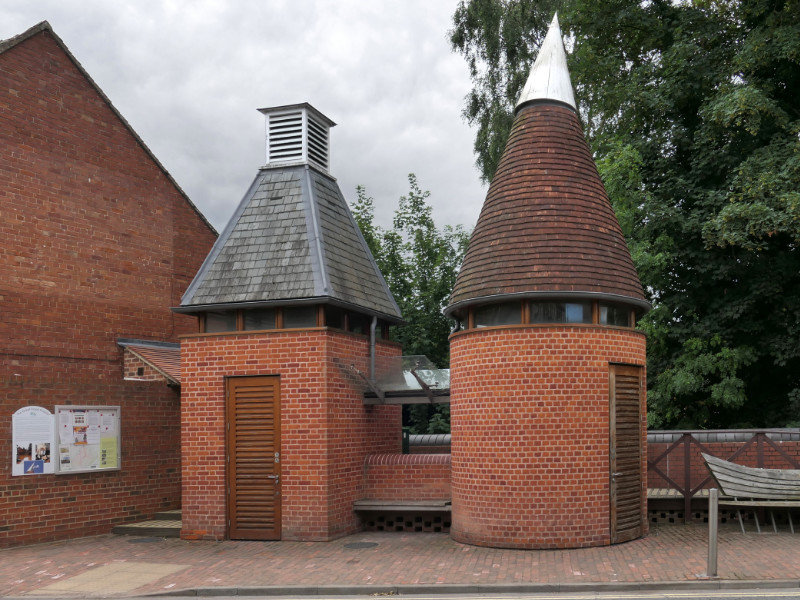Glastonbury Tor is a small, steep hill that rises to a height of 518 feet (158m) above the low-lying Somerset Levels, an area of pasture, peat, and marsh. The conical hill is formed of Blue Lias and clay and, with its church tower on the summit, is a notable landmark visible from great distances.
click image to enlarge
The Tor is associated with the legend of King Arthur, and is mentioned in many early writings. It is thought to have been used by Iron Age peoples and was England's pre-eminent place of pilgrimage in medieval times along with the adjacent Abbey, Glastonbury Thorn, Chalice Well and the town itself. Today no visit to Glastonbury is complete without enjoying the view from the top of the hill. Both photographs were taken from Wearyall Hill, a low summit of 226 feet (69m) to the west of the Tor.
photos © T. Boughen Camera: Nikon D5300



















